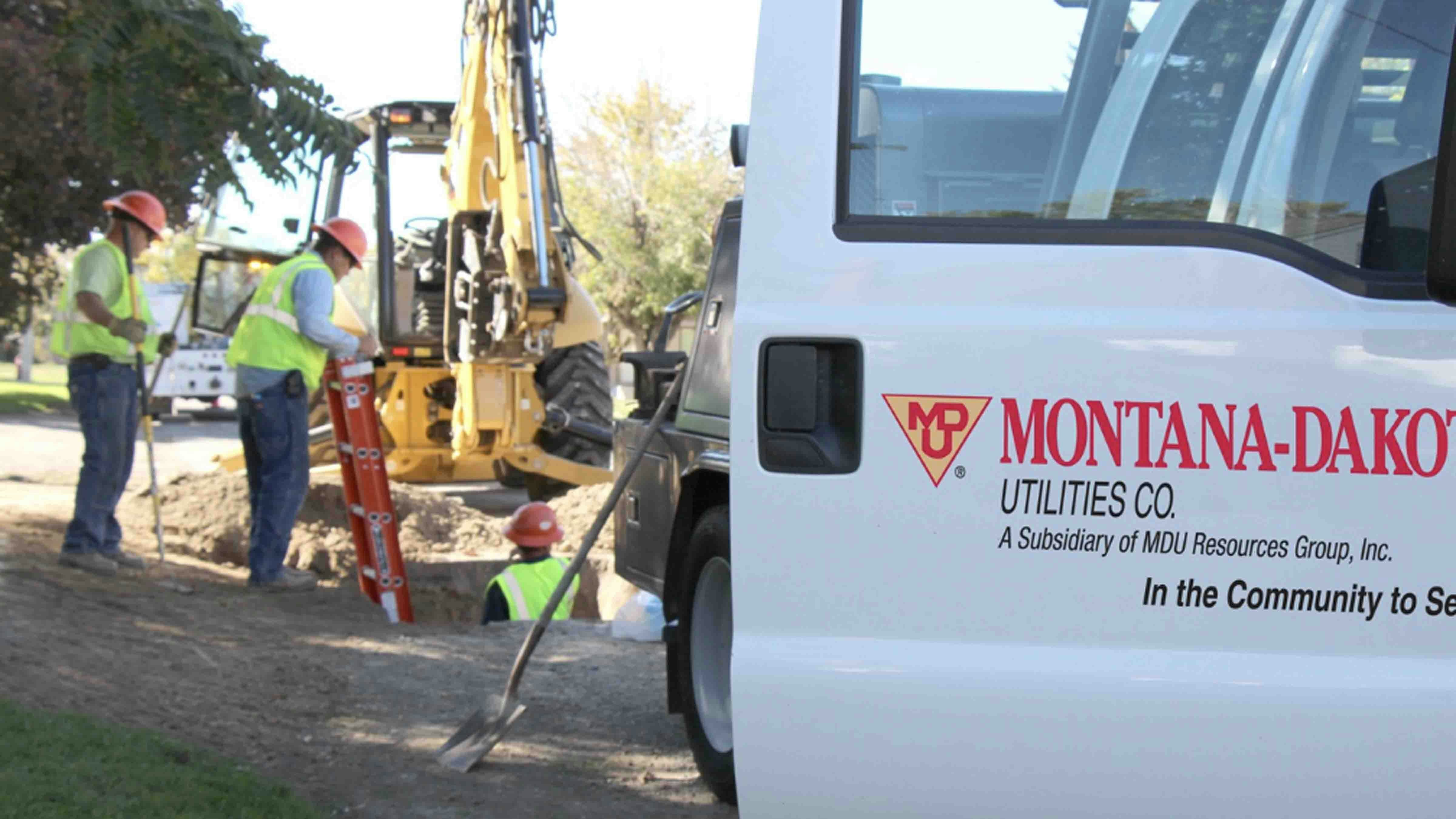By Becky Orr, Cowboy State Daily
Residents in many Wyoming cities and towns are pitching in to invigorate their communities in the face of declining populations.
About three-fourths of the larger cities and towns in Wyoming saw people leave between July 1, 2017, and July 1, 2018, based on estimates from the U.S. Census Bureau. A recent news release from Wenlin Liu, Wyoming Economic Administration’s senior economist, said Casper was the hardest hit community with a decline of 351 in population, followed by Rock Springs at a loss of 291. Cheyenne, meanwhile, gained 370 residents.
A random check with residents in towns and cities in the Cowboy State finds that many are trying to turn things around. Many get help from state and federal grants, non-money resources and education as well as private financial sources.
Lots of activity is going on now in Gillette, a city of about 31,903 people that depends heavily on the oil and gas revenues. Gillette lost 134 people between July 1, 2017 and July 1, 2018, according to Liu’s news release. The loss reflects an economic slide caused by plummeting oil and gas prices and diminished coal production.
Phil Christopherson, chief executive officer for Energy Capital Economic Development, the economic development arm for Campbell County, said city and county revenues dropped 30 to 40 percent because of the downturn a couple of years ago. But residents stayed strong.
“Everybody came together and said ‘we’re going to make it through this.’ The community spirit really showed through” and is there today, he said.
The county’s economy is rebounding now, but the downturn meant “that the community became committed to diversify the economy,” Christopherson said.
Energy Capital Economic Development proceeded with a business incubator program that was in the works when the crash occurred. The business incubator opened in September and has about nine business interests involved.
The agency also started plans for an advanced carbon research facility for exploring the many uses of coal. Its goal is to prove the technology exists to make the alternative uses of coal commercially viable.
The Wyoming Business Council will vote June 20 on a $1.4 million grant for the project, which also received money from an EDA federal grant and private investments.
In Rock Springs, officials are trying to determine how best to develop 15,000 acres of land near the Southwest Wyoming Regional Airport, said Kayla McDonald, business development director for the Sweetwater County Economic Development organization.
Money for the $66,000 study will come mostly from a Wyoming Business Council grant as well as the economic development organization, the county, Rock Springs and Green River. The study will provide ideas about what businesses and industries would be best to recruit for the site, she said.
Economic development supporters also want to recruit more retail businesses and restaurants to the area, she said.
Meanwhile, Powell, a farming town in northwest Wyoming that added only four people to its census during the year, is also looking at new development. Residents now are excited about the planned construction of a new hotel and convention center, said Christine Bekes, executive director of the Powell Economic Partnership.
The center, with an estimated cost of $10 million, is planned to open in 2020 and should create around 33 new jobs. It is the result of a partnership between the Powell Economic Partnership and the Wyoming Business Council. Additional hotel rooms are in demand, Bekes said.
“We’re right near Yellowstone National Park and the lodging is inadequate,” she said.
The new hotel will increase available lodging by 50 percent.
Other projects in Powell’s near future will rely heavily on community volunteers. A community action group is building Powell’s first public dog park. A dog park is high on the list of what people who are relocating want to see.
“Those who live in urban environments come to expect it,” Bekes said.
Effective economic development also demands creative thinking.
“I think the communities that are thinking outside the box are finding some success” in terms of positive community development efforts, said Justin Schilling, coordinator of member services for the Wyoming Association of Municipalities.
Schilling points as an example to high-tech education, such as Cheyenne’s Array School of Technology and Design. The city has a diversified workforce, allowing it to offer career training for high-tech jobs, he added.
Another creative project Schilling cited is the $7 million Evergreen Plaza, a proposed 30-room assisted living facility in Torrington, where the population dropped by 14 during the year.
Money to build the project will come from sources like a $2.6 million grant from the Wyoming Business Council, a loan from local banks and a partnership with the private assisted living provider. The facility can be a solid economic development tool, according to Schilling.
Positive economic development doesn’t always mean building big warehouses. Tom Dixon, marketing management coordinator for the Wyoming Business Council, said that some projects – like the Civic Center Commons park in Cheyenne – “help develop the soul of a place and make people feel more connected.”
Projects don’t have to be expensive, either. Sprucing up a downtown with flower planters, bushes or a giant chess set can make a big difference, Dixon added.
Even though Cheyenne is the fastest-growing city in the state — it gained 370 people in one year — efforts to boost the economy are ongoing.
Economic development in Cheyenne long has relied on Cheyenne LEADS, a private, non-profit organization with its own volunteer board of directors. Business and community leaders formed LEADS 32 years ago to attract good jobs and industries to Laramie County, Executive Director Randy Bruns said.
LEADS receives $50,000 a year each from the City of Cheyenne and Laramie County and money from private donations. More than 80 industries and 6,000 jobs have been created in Laramie County because of the work of LEADS.
“I am still doing this job because when LEADS succeeds, when we have a success, we know that the result of our work helps to do good things in the community,” Bruns said.





